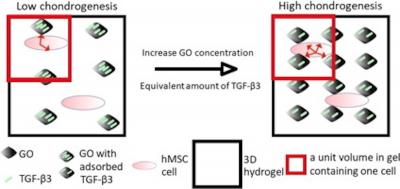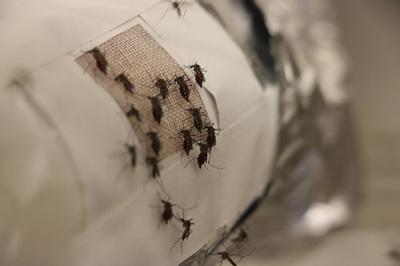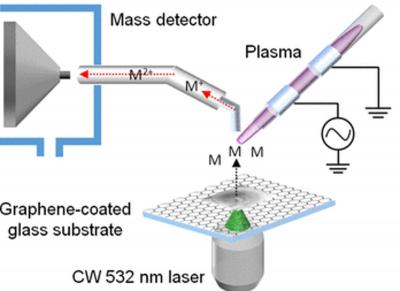
by MBF Admin | Sep 3, 2019 | 2D materials, Aerospace, AGM, Angstron Materials, Audio, Development, Graphene applications, Graphene Oxide, Investment, Medicine, Products, Research, Technical / Research, University of Manchester
Researchers from the University of Manchester have found that incorporating graphene oxide into three-dimensional scaffolds that support regenerating cartilage could offer a new means of delivering vital growth factors.Damage to cartilage from injury or disease is...

by MBF Admin | Aug 28, 2019 | 2D materials, Aerospace, AGM, Angstron Materials, Audio, Development, Graphene Quantum Dots, Investment, Medicine, Products, Research, Technical / Research
A team of researchers from the Physics, Medicine and Chemistry departments at Heinrich Heine University Düsseldorf (HHU) has examined if graphene nanoparticles are potentially dangerous for the organism and how cells cope with them once they have been...

by MBF Admin | Aug 27, 2019 | 2D materials, Aerospace, AGM, Angstron Materials, Audio, Development, Graphene applications, Graphene Oxide, Investment, Medicine, Products, reduced graphene oxide, Research, Technical / Research, Textiles
A new study by Brown University shows that graphene sheets can block the signals mosquitoes use to identify a potential blood ‘donor’, which may enable a new chemical-free approach to mosquito bite prevention.The researchers showed that multilayer graphene...

by MBF Admin | Aug 10, 2019 | 2D materials, Aerospace, AGM, Angstron Materials, Audio, Development, Graphene applications, Investment, Medicine, Products, Research, Technical / Research
Researchers at Daegu Gyeongbuk Institute of Science and Technology (DGIST) have developed a graphene-based technology that can obtain high-resolution, micrometer-sized images for mass spectrometric analysis without sample preparation. DGIST Research Fellow Jae Young...
by MBF Admin | Aug 6, 2019 | 2D materials, Aerospace, AGM, Angstron Materials, Audio, Defects, Development, Graphene DNA Sequencing, Investment, Medicine, Membranes, Products, Research
Researchers at the University of Illinois examined how tiny defects in graphene membranes, formed during fabrication, could be used to improve molecule transport. They found that the defects make a big difference in how molecules move along a membrane surface. Instead...

by MBF Admin | Jul 10, 2019 | 2D materials, Aerospace, AGM, Angstron Materials, Audio, Development, Graphene applications, Graphene composites, Investment, Medicine, Products, Research, Technical / Research
Researchers at the New Jersey Institute of Technology (NJIT) used the Comet supercomputer at the San Diego Supercomputer Center (SDSC), located at the University of California San Diego, to create detailed simulations of graphene-water interactions, to determine if...






